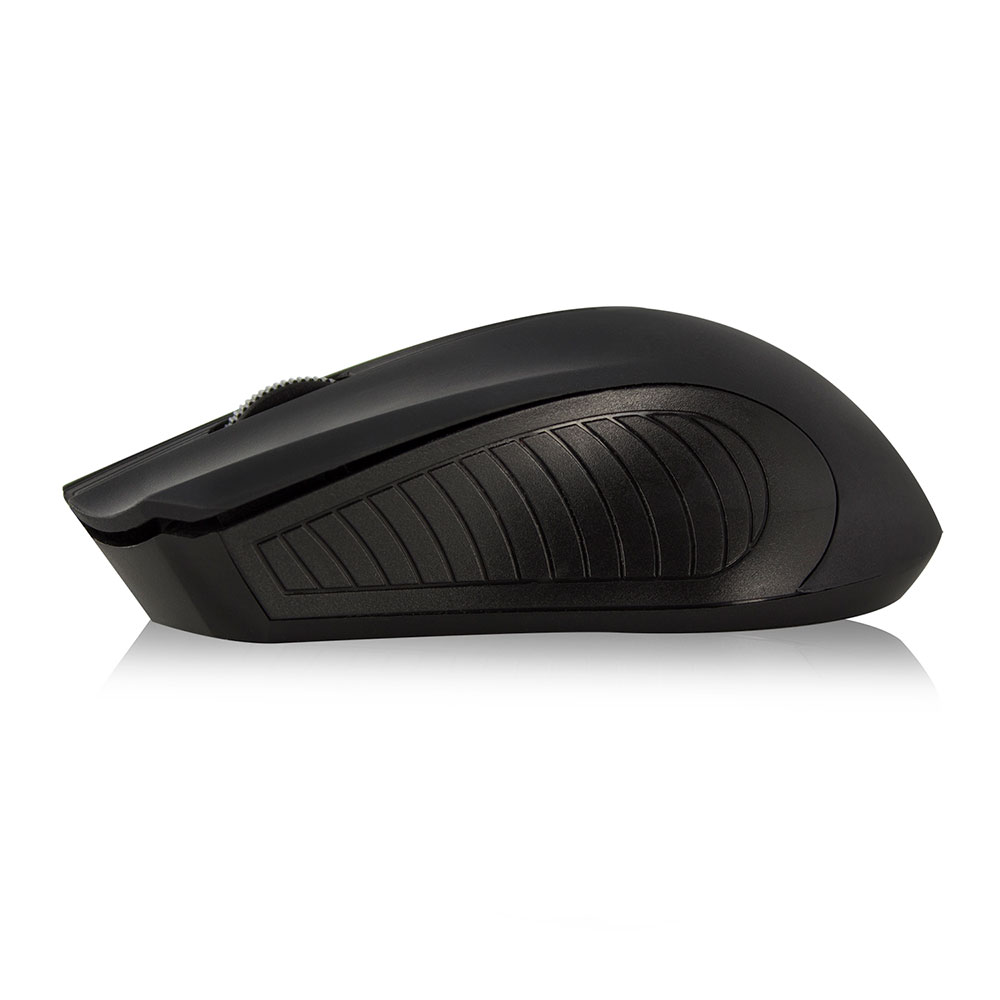

They have also appeared on keyboards, particularly on Logitech and Microsoft models, usually located to the left of the caps lock key. Scroll wheels can also be found on such handheld devices such as PDAs, or mobiles phones such as early Sony models and BlackBerry devices. It had been based on ideas developed by Eric Michelman since 1993 with input from Chris Graham. The scroll wheel was popularized by the Microsoft IntelliMouse in 1996 along with support for the mouse wheel in Microsoft Office 97. It was named Genius EasyScroll and was also available as Mouse Systems ProAgio.

In 1995, the Taiwanese company KYE Systems released the first commercial mouse with scroll wheel. Jack McCauley's top mounted Scroll wheel prototype, supposedly circa 1987 Jack McCauley claims to having developed another mouse prototype at about the same time, also with a top-mounted wheel for a navigating inwards and outwards. In her patent application from 1992 there are two vertical wheels: left and right of the button(s). Īt the ACM SIGCHI conference in 1989, Gina Danielle Venolia from Apple presented a mouse prototype with a horizontal thumb-wheel for scrolling, or for navigating inwards and outwards: zooming or along the third axis in 3D space. It had a thumb-operated combined analog button/ toggle switch on the side for smooth scrolling. The earliest known example of the former is the Mighty Mouse prototype developed jointly by NTT, Japan and ETH Zürich, Switzerland (Kunio Ōno, Ken'ichi Fukaya and Jürg Nievergelt) in 1985. Other scrolling controls on a mouse, and the use of a wheel for scrolling both precede the combination of wheel and mouse. The scroll wheel on a mouse has been invented multiple times by different people unaware of the others' work.

Some user interfaces, like Cinnamon (desktop environment), allow using it to adjust brightness and volume by pointing at the respective taskbar icon while scrolling. However, non-wheeled mice are still available.

Scroll wheels are prevalent on modern computer mice and have become an integral part of the hardware interface. The wheel is often, but not always, engineered with detents to turn in discrete steps, rather than continuously as an analog axis, to allow the operator to more easily intuit how far they are scrolling. Some mice can scroll horizontally as well as vertically, using a tilting scroll-wheel, or additional wheel on a perpendicular axis located elsewhere on the mouse. On a mouse, the scroll-wheel can often also be used as a third mouse button by pressing down on it – a scroll button. In other configurations (sometimes called "natural scrolling") the effect is inverted. In a graphical user interface, the "upward" motion moves contents of the window downward (and the scrollbar thumb, if present, upward), and vice versa. Most often, rolling the upper side of the wheel away from your body is to scroll "upward" or "forward", and the reverse direction is to scroll "downward" or "backward".


 0 kommentar(er)
0 kommentar(er)
